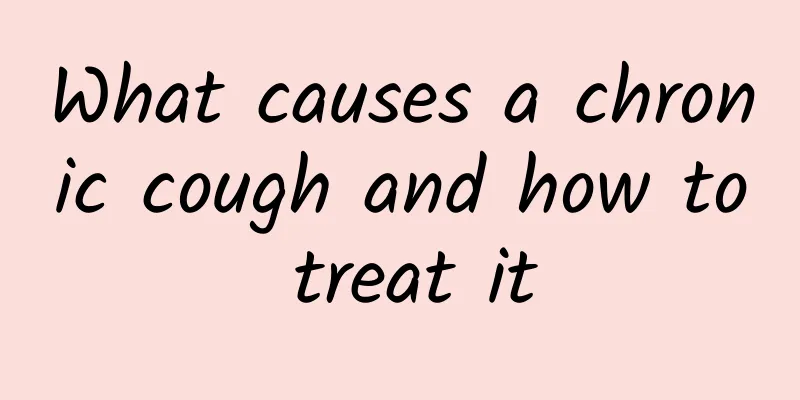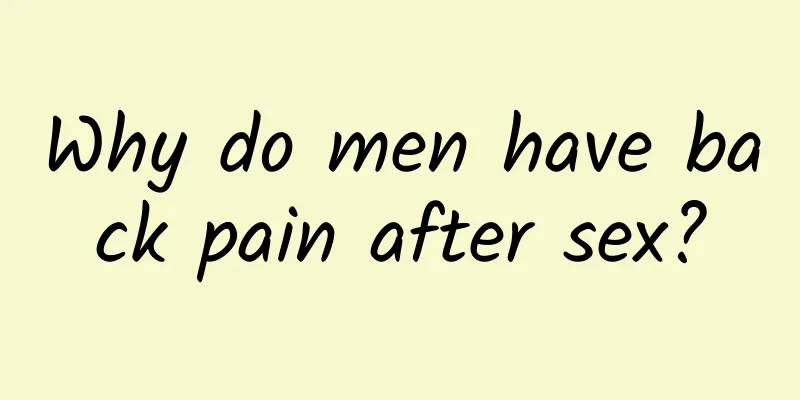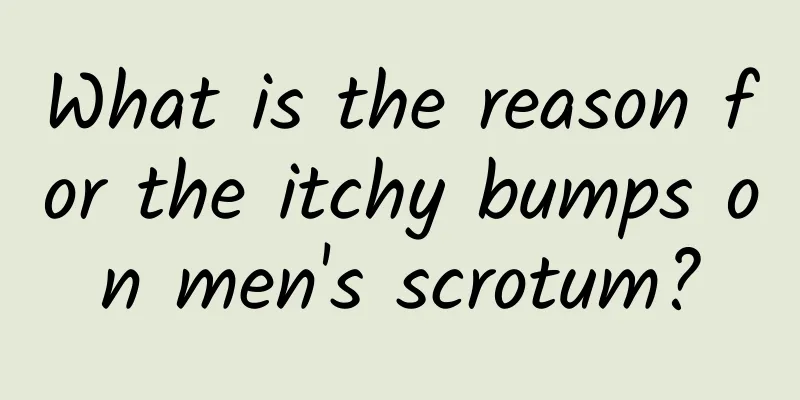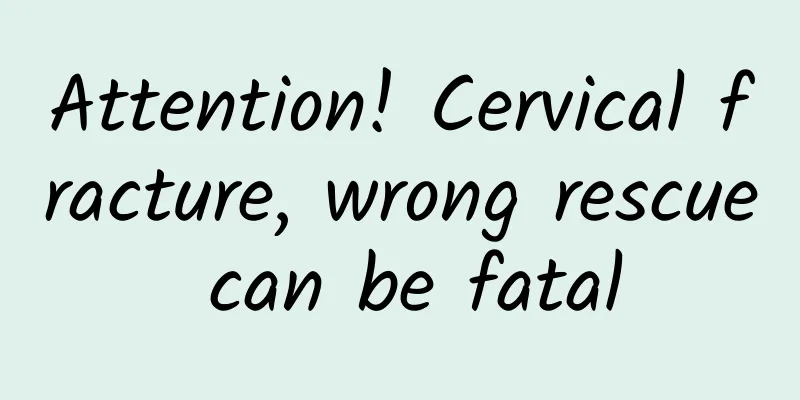Treatments for prostatitis
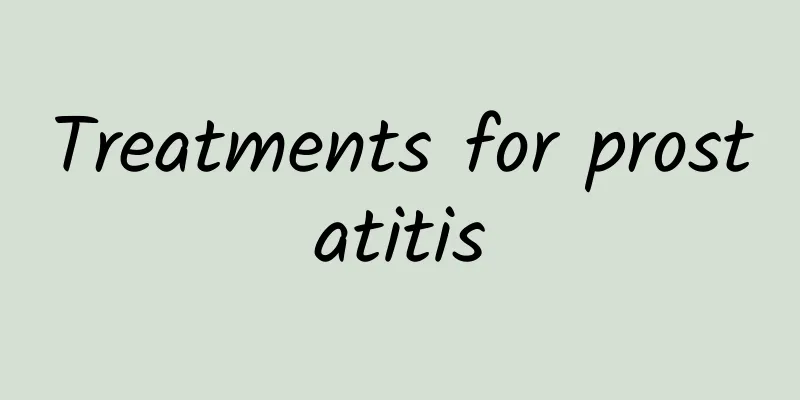
|
Prostate disease is a very common disease among men, and the incidence rate is also very high. There are many reasons for prostate disease, which may be related to the patient's hygiene problems or diet. No matter what the cause is, it needs to be treated as soon as possible. There are many ways to treat prostatitis, mainly depending on the method chosen by the patient. You may wish to take a look at the following knowledge. 1. Antimicrobial therapy Currently, quinolone drugs such as ofloxacin or levofloxacin are recommended. If ineffective, continue to use it for 8 weeks. If recurrence occurs and the bacterial species remains unchanged, switch to preventive doses to reduce acute attacks and relieve symptoms. If long-term use of antibiotics induces serious side effects, such as pseudomembranous colitis, diarrhea, and the growth of intestinal resistant strains, the treatment plan needs to be changed. Whether non-bacterial prostatitis is suitable for treatment with antibacterial drugs is still controversial in the clinic. Patients with "aseptic" prostatitis can also use drugs that are effective against bacteria and mycoplasmas, such as quinolones, SMZ-TMP or TMP alone, used in combination with tetracycline and quinolones or used intermittently. If antibiotic treatment is ineffective and it is confirmed to be aseptic prostatitis, antibiotic treatment should be discontinued. In addition, using a double balloon catheter to block the prostatic urethra and injecting antibiotic solution from the urethral cavity back into the prostatic duct can also achieve the purpose of treatment. 2. Anti-inflammatory and analgesic drugs Nonsteroidal anti-inflammatory drugs can improve symptoms. Generally, indomethacin is taken orally or in suppositories. Chinese medicine also has certain effects in using anti-inflammatory, heat-clearing, detoxifying, and hardness-softening drugs. Allopurinol can reduce the concentration of uric acid in the whole body and prostatic fluid. Theoretically, as a free radical scavenger, it can also remove active oxygen components, reduce inflammation, and relieve pain. It is an optional auxiliary treatment method. 3. Physical therapy Prostate massage can empty the concentrated secretions in the prostate duct and drain the infection focus in the obstructed area of the gland. Therefore, for stubborn cases, prostate massage can be performed every 3 to 7 days while using antibiotics. A variety of physical factors are used for prostate physiotherapy, such as microwave, radio frequency, ultrashort wave, medium wave and hot water sitz bath, which are beneficial for relaxing the prostate, posterior urethral smooth muscle and pelvic floor muscle, enhancing antibacterial efficacy and relieving pain symptoms. The above is information about the treatment of prostatitis, I believe it will be helpful to everyone. In fact, prostatitis is relatively easy to treat, but you must pay attention to good hygiene in life, because prostatitis is more likely to recur, so patients should pay attention to it and try to eat light food. |
<<: What is the best way to treat prostatitis?
>>: How to treat bacterial chronic prostatitis
Recommend
What should men eat to replenish their energy?
After men turn 30, their physical fitness gradual...
What's wrong with a lump in a boy's nipple?
When it comes to breast development, women are of...
What causes penis acne?
When it comes to acne, most people think that acn...
What are the harms of smoking to sperm?
There are many harms of smoking. For example, as ...
Can a boy's phimosis be turned over by himself?
Phimosis is a very common symptom, which is commo...
What is the best treatment for impotence and premature ejaculation?
Among the diseases of male sexual dysfunction, im...
What are the five big and three thick parts of a man?
Traditional big and thick It means big hands and ...
What are the skin care methods for men?
There is an old Chinese saying that goes, "E...
How is Candida infection caused? There are many ways to get infected.
Candida infection is a common genital disease in ...
How long does it take for sperm and egg to combine?
The fusion of sperm and egg is the most vivid and...
Dangers of male genitalia
What are the harms of male genital warts? Condylo...
How to treat excessive moisture in men's bodies
Dampness in the body is detrimental to men's ...
How can men exercise to lift their buttocks?
Everyone loves beauty. Although most women pay mo...
What are the methods for men to take care of their facial skin?
In life, loving beauty is everyone's nature, ...
Don't eat deer penis randomly! Only eating it correctly can improve your sexual performance
Since ancient times, there has been a saying that...
